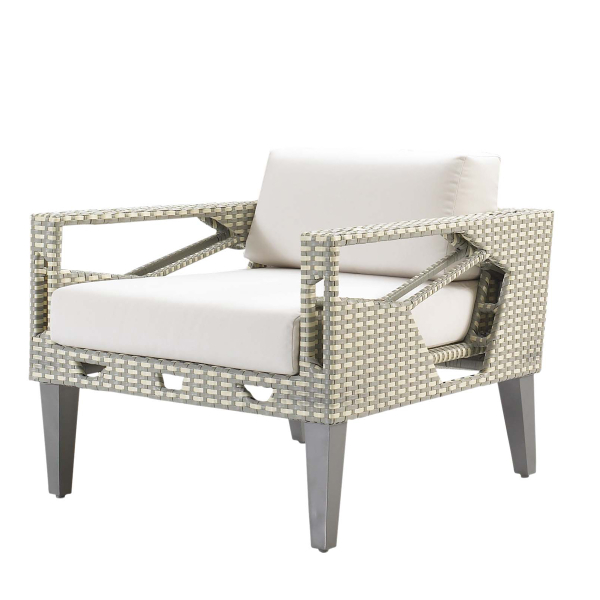A Primer On The Origins of Antique & Modern Art Deco & Bauhaus Furniture
 Quite possibly the two coolest modern styles, Art Deco and Bauhaus Patio Furniture offers artistic qualities stolen from the history of painting and sculptures. These two contemporary furniture movements can trace their roots back to the Arts and Crafts movement in England and the Art Nouveau movement in France both from the late 19th century. By the 1920s Art Deco and Bauhaus evolved out of these two styles to offer a decorative alternative to high-end shoppers.
Quite possibly the two coolest modern styles, Art Deco and Bauhaus Patio Furniture offers artistic qualities stolen from the history of painting and sculptures. These two contemporary furniture movements can trace their roots back to the Arts and Crafts movement in England and the Art Nouveau movement in France both from the late 19th century. By the 1920s Art Deco and Bauhaus evolved out of these two styles to offer a decorative alternative to high-end shoppers.
 Named for the Exposition International des Arts Decoratifs et Industriels Modernes hosted by Paris in 1925, Art Deco was a response by market demand for luxuriously crafted objects. Fine craftsmanship was in demand, and designers responded by utilizing lavish materials and rich decorative techniques such as veneers and inlays in traditional geometric forms. This style caught fire with the wealthy in America during the 1930s, filtering into Patio Furniture, building and car designs, adding more dramatic lines and outlines, but losing some of the elegant materials due to the Great Depression. Designers relied on more industrial materials to create drama in their pieces, which was sometimes called Art Moderne, due to French Art Deco's heavy influence.
Named for the Exposition International des Arts Decoratifs et Industriels Modernes hosted by Paris in 1925, Art Deco was a response by market demand for luxuriously crafted objects. Fine craftsmanship was in demand, and designers responded by utilizing lavish materials and rich decorative techniques such as veneers and inlays in traditional geometric forms. This style caught fire with the wealthy in America during the 1930s, filtering into Patio Furniture, building and car designs, adding more dramatic lines and outlines, but losing some of the elegant materials due to the Great Depression. Designers relied on more industrial materials to create drama in their pieces, which was sometimes called Art Moderne, due to French Art Deco's heavy influence.
Large department stores fueled the market well into the 1940s and 1950s, flooding their showrooms with this type of furniture. Post-war economic prosperity ensured Americans bought this style, and by the early 1960s examples could be found in virtually every living room, bedroom and kitchen in America. And through this domination was introduced a new form of table: the Cocktail or Coffee Table, previously unused or unknown in most homes.
Bauhaus developed around the same time as Art Deco. This decorative style developed from a school of art and design founded in Germany in 1919. Bauhaus focuses on function by sacrificing extravagant materials. Industrial materials are combined with machine production to create modern forms unrelated to anything in previous art and design. The rise of Hitler closed the Bauhaus school, and many of the best designers such as Ludwig Mies van der  Rohe and Marcel Breuer fled to more open societies such as America. This style heavily utilized tubular steel, and the tubular steel cantilevered seat became a hallmark of this era of furniture design repeatedly copied by manufacturers across America.
Rohe and Marcel Breuer fled to more open societies such as America. This style heavily utilized tubular steel, and the tubular steel cantilevered seat became a hallmark of this era of furniture design repeatedly copied by manufacturers across America.
Bauhaus also carried a heavy influence in Sweden, Denmark and Finland, where the traditional furniture design community combined this style with their use of natural materials and extravagant craftsmanship. This developed eventually into a Scandinavian modern style that became influential across the globe, particularly in America where it was adopted by many commercial manufacturers.
Pictured here are several examples of Art Deco and Bauhaus items including Patio Furniture, Bar Stools and Electric Fireplaces (Arbor Bar Stools, the Olivia Woven Sectional Set, the Bell Aire and the Vittoria Modern Deep Seating Set).
